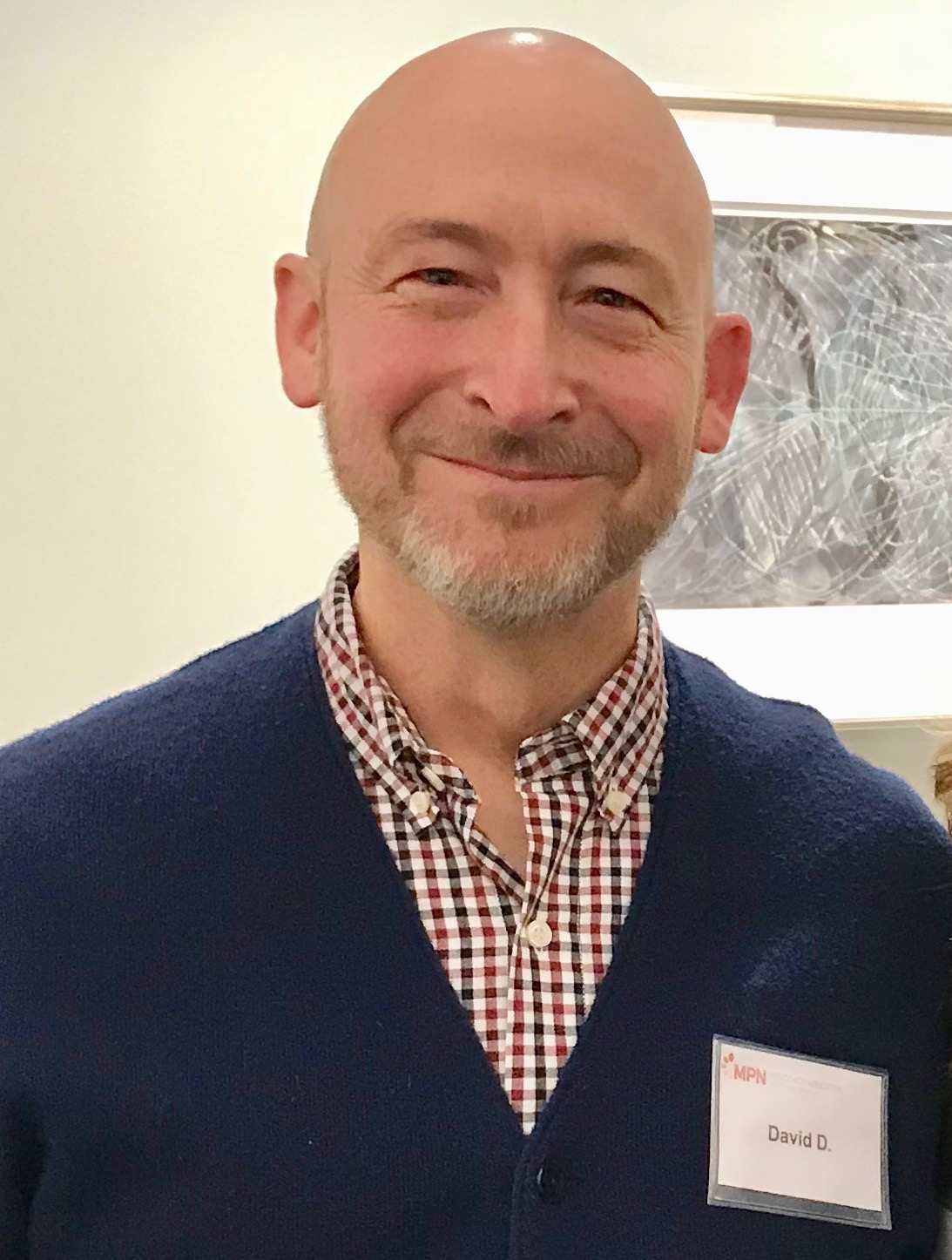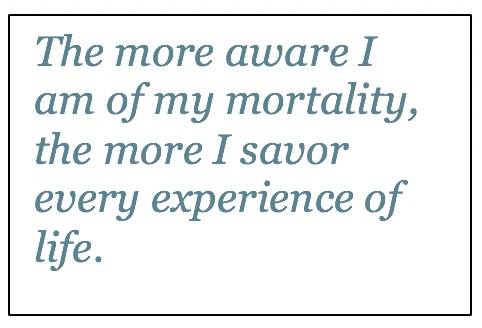Nicole D. Vincelette, PhD, postdoctoral fellow, Moffitt Cancer Center, discusses findings from a study investigating the role of MYC expression and S100A9-mediated inflammation in a subgroup of triple-negative myeloproliferative neoplasms (MPNs).
To determine how MYC expression drives MPNs, such as polycythemia vera, essential thrombocythemia, and primary myelofibrosis, Vincelette and colleagues conducted a study in which they generated a mouse model that overexpresses MYC in the stem cell compartment. This analysis demonstrated that MYC overexpression was associated with the mice developing a myelofibrosis-like phenotype, which included anemia, atypical megakaryocytes, splenomegaly, bone marrow fibrosis, liver fibrosis, spleen fibrosis. The mice also experienced adverse clinical outcomes, such as reduced overall survival (OS), compared with wild-type mice, Vincelette says.
Since the MYC-overexpressed mice developed myelofibrosis, the next step of this research was to investigate how MYC drives myelofibrosis, Vincelette explains. Investigators performed single-cell RNA sequencing to compare the bone marrow cells from MYC-overexpressed and wild-type mice. MYC overexpression correlated with upregulation of the S100A9 protein, which contributes to inflammation and innate immunity, according to Vincelette. Therefore, MYC drives the development of myelofibrosis through S100A9-mediated chronic inflammation. To validate the role of S100A9 downstream of MYC in myelofibrosis, investigators created a mouse model with S100A9 knockout in the presence of MYC overexpression, Vincelette notes. The S100A9 knockout protected against the development of myelofibrosis phenotype in that mouse model, Vincelette emphasizes.
By generating a mouse model that overexpresses S100A9, investigators also determined that S100A9 overexpression alone contributes to the development of myelofibrosis phenotypes, Vincelette says. When investigators treated the MYC-overexpressing mice with the S100A9 inhibitor tasquinimod (ABR-215050), the agent only partially abrogated the myelofibrosis phenotype, meaning the mice had reduced atypical megakaryocytes and splenomegaly. Additionally, the mice developed anemia and no OS difference occurred between tasquinimod and vehicle treatment, potentially because of off-target drug effects, Vincelette concludes.



